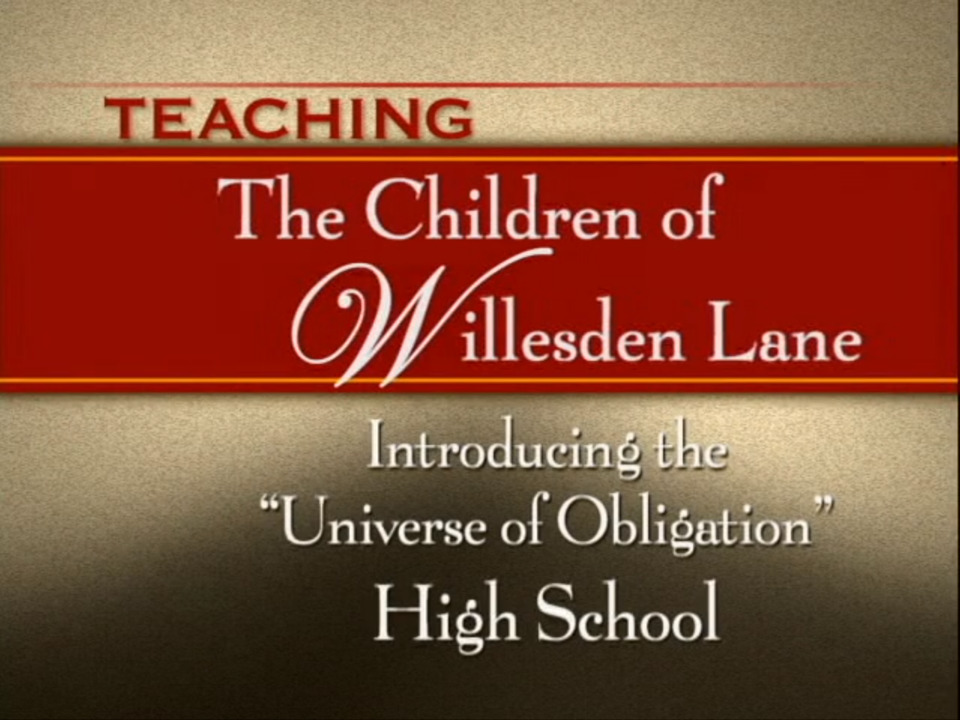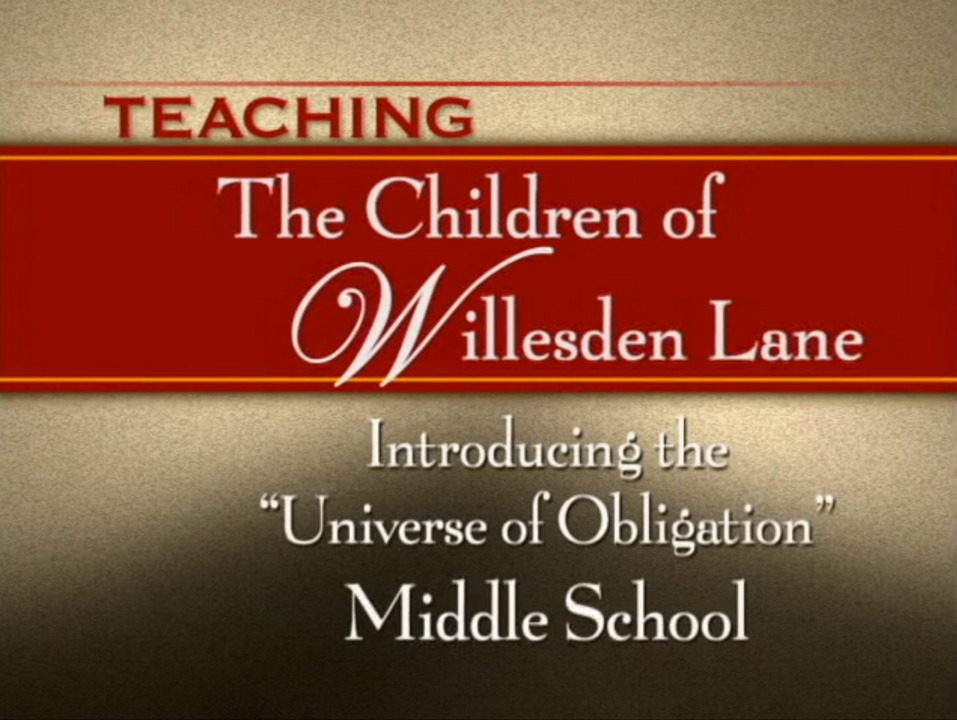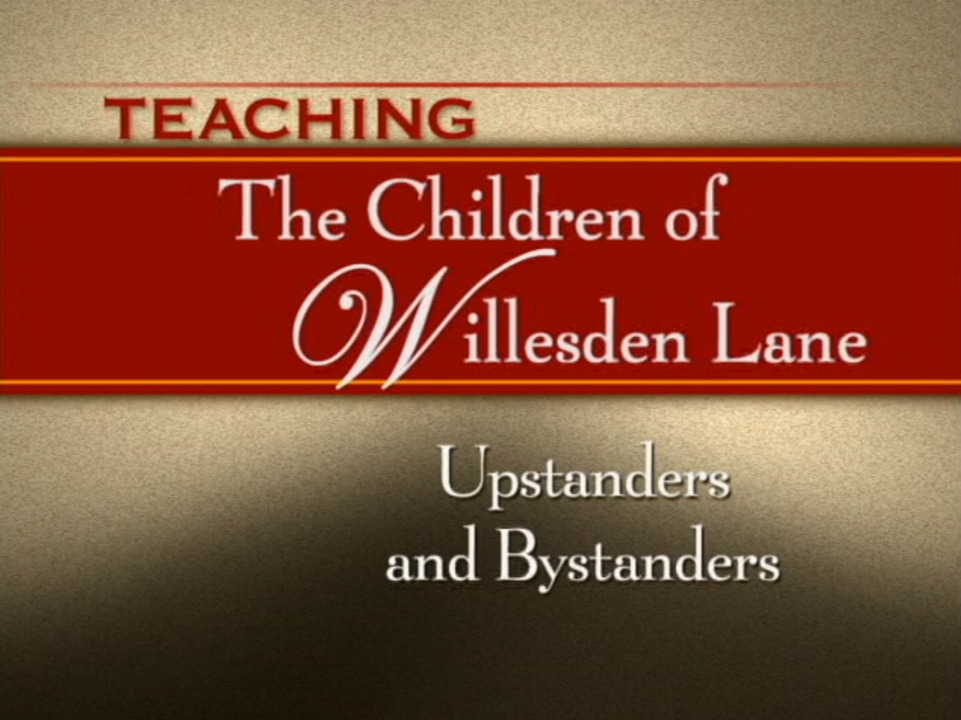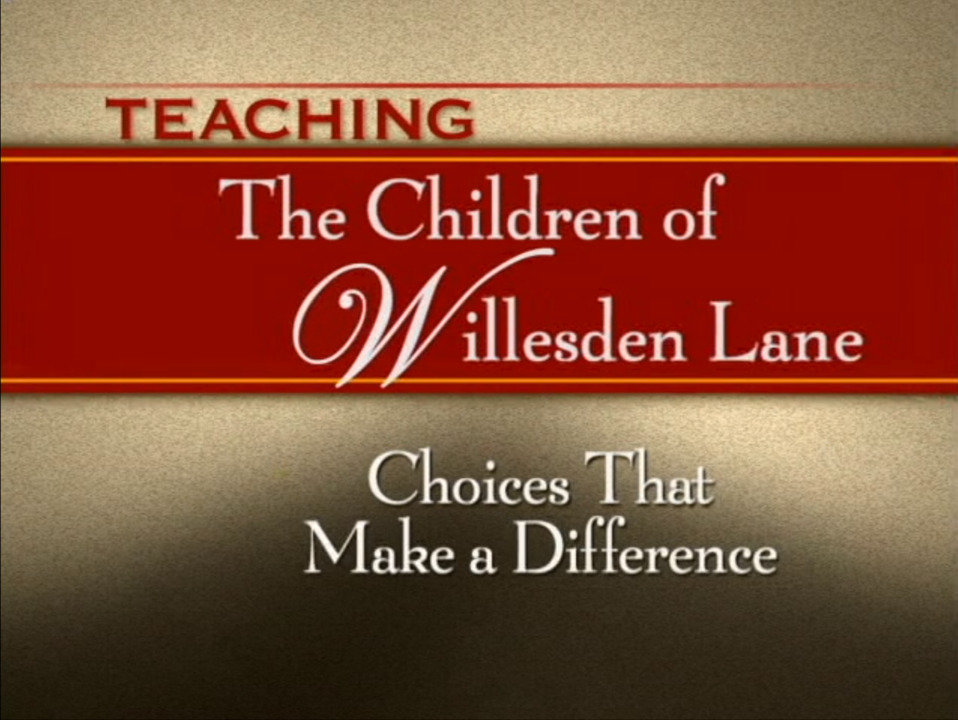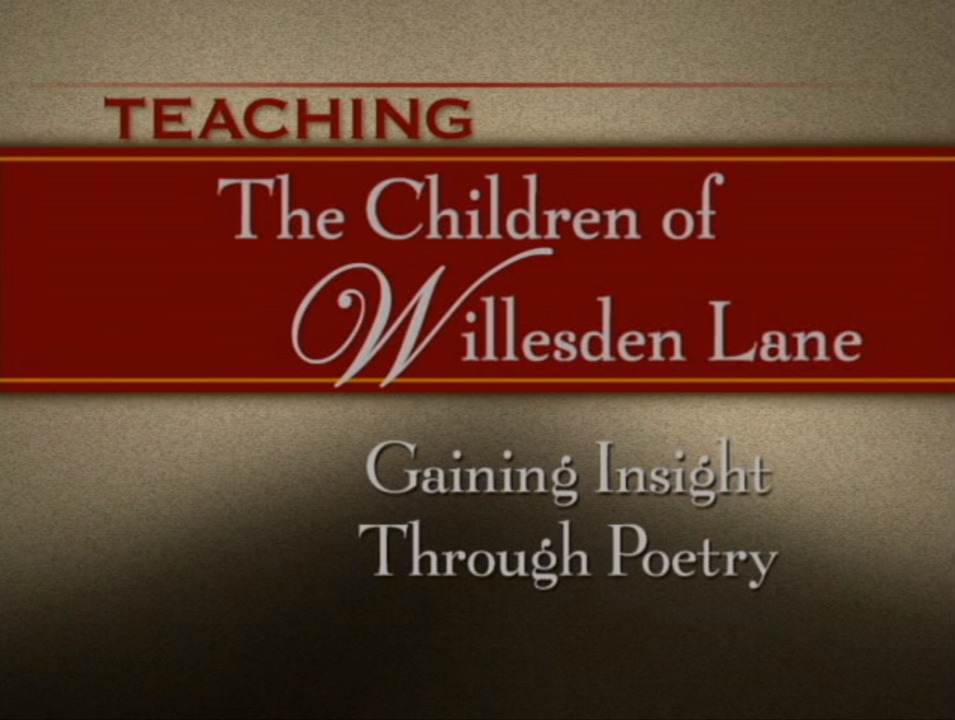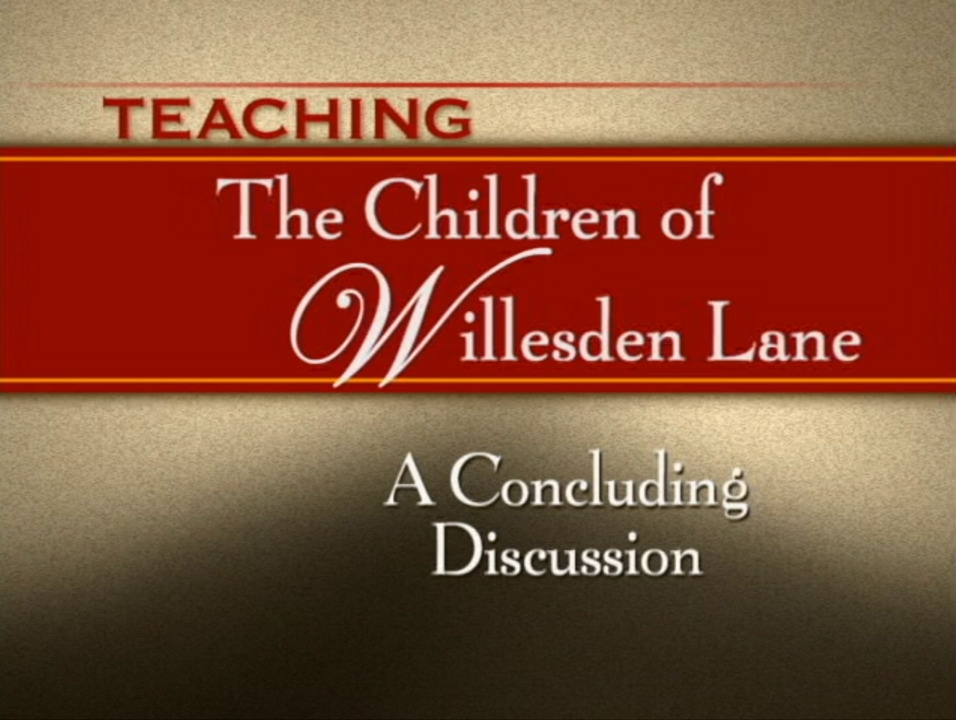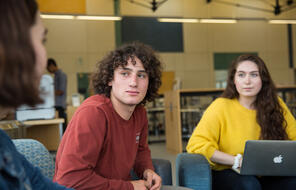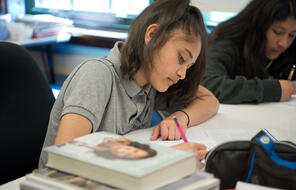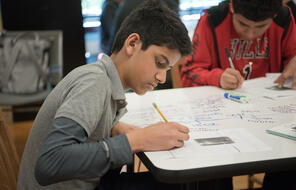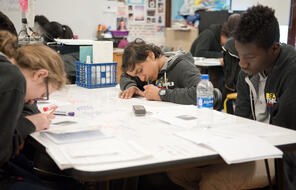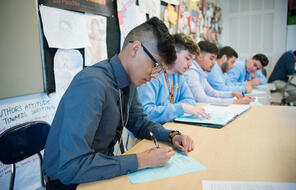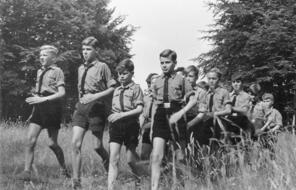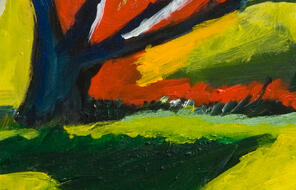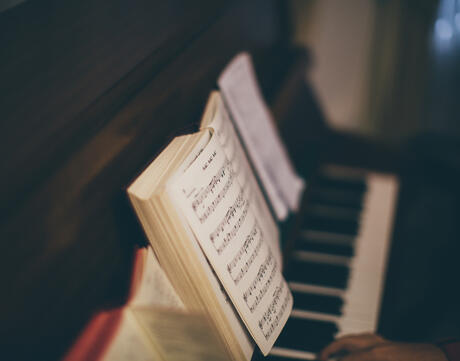
Children of Willesden Lane
At a Glance
Language
English — USSubject
- History
- Social Studies
Grade
6–8- The Holocaust
Overview
About This Collection
The Children of Willesden Lane is the powerful true story of Lisa Jura, who fled Nazi-occupied Vienna on the Kindertransport as a child.
Jura was one of 10,000 young refugees who were separated from her parents and brought to England for safety before World War II. Our online companion to the book features musical selections to accompany the text, a study guide, and short videos.
Inside This Collection
Section 1: Bring The Children of Willesden Lane To Your Classroom
The Children of Willesden Lane is the powerful true story of Lisa Jura, who fled Nazi-occupied Vienna on the Kindertransport as a child. Jura was one of 10,000 young refugees who were separated from their parents and brought to England for safety before World War II. Written by Jura’s daughter, concert pianist Mona Golabek, and the poet Lee Cohen, the book provides a window into this important moment in history, and raises universal questions about the human experience.
Section 2: Listen To The Music That Inspired The Children of Willesden Lane
Music plays an important role in The Children of Willesden Lane. In the recordings below, concert pianist Mona Golabek introduces the music that is central to the story of her mother, Lisa Jura. The recordings below are divided into three parts.
Activities and discussion ideas for the music can be found in A Teacher’s Resource to The Children of Willesden Lane.
Unlimited Access to Learning. More Added Every Month.
Facing History & Ourselves is designed for educators who want to help students explore identity, think critically, grow emotionally, act ethically, and participate in civic life. It’s hard work, so we’ve developed some go-to professional learning opportunities to help you along the way.
Exploring ELA Text Selection with Julia Torres
On-Demand

Working for Justice, Equity and Civic Agency in Our Schools: A Conversation with Clint Smith
On-Demand

Centering Student Voices to Build Community and Agency
On-Demand


